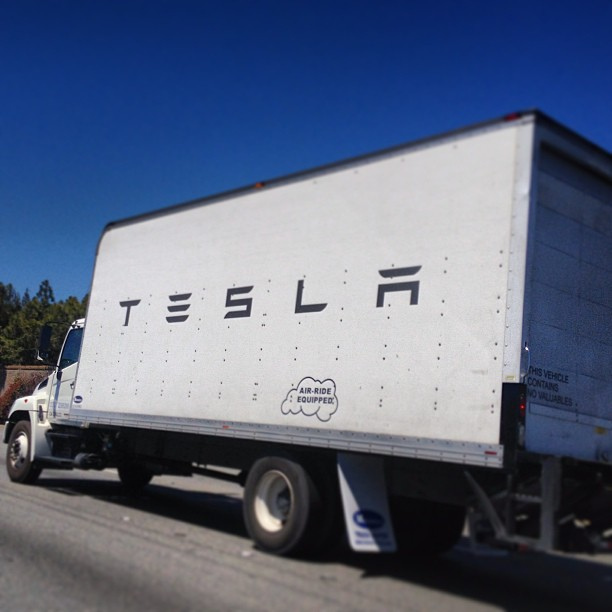South Australia will soon be housing the world’s biggest lithium-ion battery following a momentous signing of an agreement between Tesla and SA’s State Government. Interestingly, Elon Musk, Tesla’s CEO has pledged to set it up in 100 days, or it’s free.
The proposed 100-megawatt battery will receive and store power from a Wind Farm situated near Jamestown. The farm, which is still under construction, is owned by a French renewable company, Neoen Hornsdale. The project is planned for completion before summer. Musk’s ‘100 days or it’s free’ promise will start rolling when the grid interconnection agreement gets signed. Estimating the project to cost “probably $50 million or more”, his promise could leave the Tesla CEO significantly out of pocket if the 100 days lapse before installs the battery. “If South Australia is willing to take a big risk, then so are we,” he stated.
South Australia has been facing serious power problems after its statewide blackout in September 2016. In its response, the SA Government issued a host of measures aimed at improving stability. These included setting up a 100 MW (129 megawatt-hour) battery, and owning and managing a $360 million gas-fired plant. The State Government claims the battery would certainly place the state at the forefront of global energy storage technology. Ideally, the battery will provide backup power in case of a shortfall, and help stabilize the grid any time of the day. Mr Musk, who also doubles as the boss at the space exploration company Space X, stated in a press conference at Adelaide Oval that the project was “not a minor foray into the frontier”.
“There is certainly some risk, because this will be the largest battery installation in the world by a significant margin … the next biggest battery in the world is 30 megawatts,” Mr Musk said. He added that it was “three times further than anyone has gone before” and would “stabilize the grid and buffer power”. “You can essentially charge up the battery packs when you have excess power when the cost of production is very low … and then discharge it when the cost of power production is high, and this effectively lowers the average cost to the end customer,” Mr Musk stated. “It’s a fundamental efficiency improvement for the grid.”
In March this year, Mr Musk tweeted the 100 day promise after the Australian billionaire tech guru Mike Cannon-Brookes alerted him of South Australia’s power struggles. Mike Cannon-Brookers is the co-founder of software company Atlassian. Musk’s pledge quickly got the attention of the twittersphere and amazed Mr Cannon-Brookes, who in turn tweeted “Holy s#%t”. Mr Musk who plans to visit Jamestown soon, stated that the battery would be “nicely arranged white obelisks”. “We’re going to make an effort to have it look good, that it will also be a tourism destination.” Mr Weatherill noted that South Australia was leading the nation in renewable energy and aimed at setting the pace in the world of battery storage. “It will completely transform the way in which renewable energy is stored, and also stabilize the South Australian network as well as putting downward pressure on prices,” he claimed. “It opens up new opportunities for renewable energy in this state, in this nation, and around the world, to be dispatchable [to be used].”
Mr Weatherill added that the Government had received nearly 91 international bidders for the same battery project. “That was of course assisted by a little bit of Twitter exchange in the few days before we released our plan between Elon Musk and also Mike Cannon-Brookes.” “This historic agreement does more than bring a sustainable energy giant in Tesla to South Australia, it will also have some significant economic spin-off,” Mr Weatherill added. Neoen Romain, the deputy chief executive of Desrousseaux stated that the company was closely working with Tesla and the State Government to expand the Hornsdale Wind Farm situated in Jamestown in the Mid North of SA. “At 100MW and 129MWh, the Hornsdale Power Reserve will become not only the largest renewable generator in the state but also home to the largest lithium ion battery in the world, with our company’s long-term, direct investment in South Australia growing to almost $1 billion since 2013,” he said.
Professor Tim Flannery, the Climate Council chief councilor stated that SA was moving away from costly, polluting and inefficient fossil fuels. “South Australians are witnessing first hand how swiftly this technology can be built and used, with the battery expected to be up and running this summer,” Professor Flannery said. “South Australia joins the likes of California as a world leader in demonstrating how renewable energy and storage technologies can power our economy cheaply and cleanly.”



